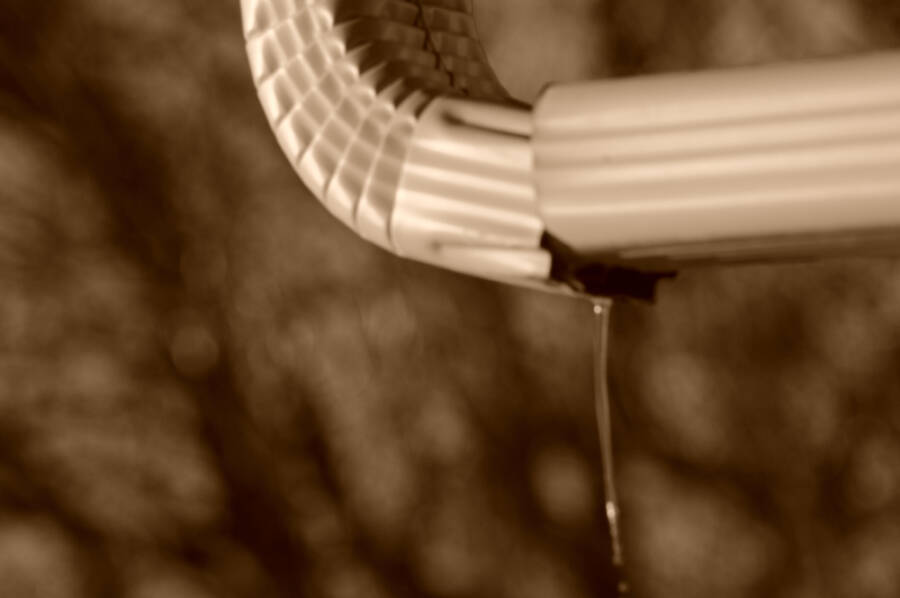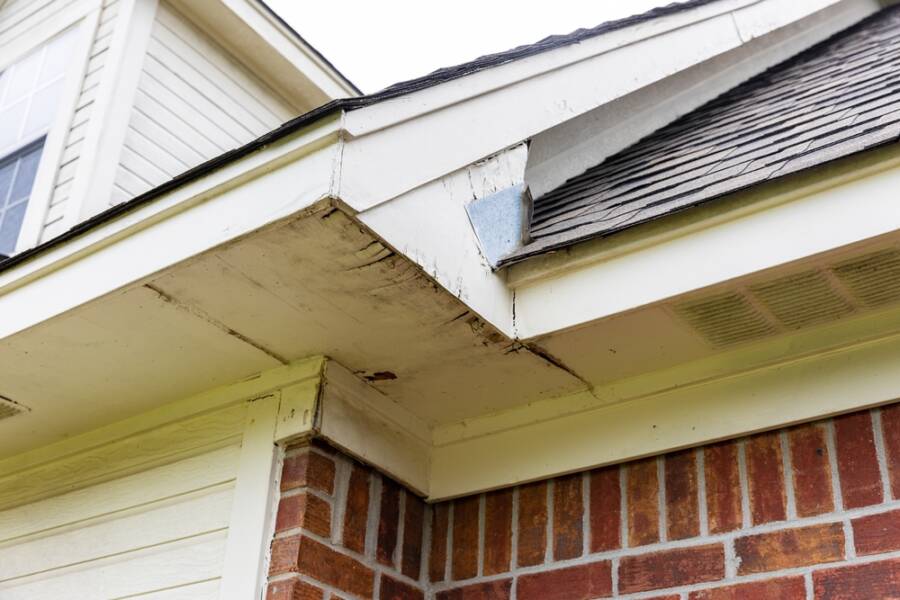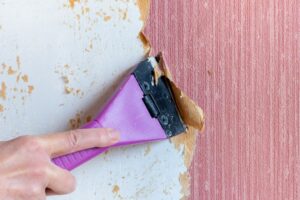Solve your gutter issues today!
Gutters are always there; any home has them, but no one notices them until problems arise. Gutters are a key element of any house and roof, but since they are not glamorous, people ignore them.
What makes them so important is the fact that they are a big utility element, and when something is wrong with them, you will immediately notice, and even worse, you need to take care of the issues immediately, or else your house will suffer.
Gutters are the heroes of your property because their purpose is simple and essential. They collect rainwater and redirect it to prevent basement flooding. This is why you should always pay attention to them.
If you’ve ever been caught off guard by these problems and you just want to be aware of them to better prevent them, then this article is exactly what you need. Ready to find out more? Keep reading and say goodbye to some of the most common gutter issues. Safeguard your home!

1. Leaking gutters
This is a very common issue and also one that can wreak havoc on your property if you don’t take care of it fast. Maybe when you first notice it you’ll be like, “Oh, well, no big deal,” but this is so far away from the truth!
When you see leaking gutters, you need to take action immediately! Most of the time you’ll see water leaking from the joints or various cracks in the gutter system. At first, the problems will be minor, such as stains on the siding, but over time, if you let this matter evolve, you might end up with foundation damage and erosion.
So where should you start? First of all, it’s important to identify the leakage correctly. Then try to find the perfect gutter sealant based on the material your gutters are made of. After this, regular inspection and maintenance are a must. In case the leakage comes back more times, this is a sign that it’s time to replace that gutter or that broken joint.
2. Plants growing in gutters
Growing vegetation is a problem that will always appear sooner or later, so you should be prepared for it. Algae, moss, or smaller plants can easily make a home in your gutters, and even if they enjoy it, this is not the best for your house.
Maybe at first glance, they don’t seem like causing any trouble, but over time the roots of these plants can cause blockages. Also, they keep the water’s humidity, which leads to rust and corrosion. So, it’s clear that plants should not be growing in your gutters!
Ok, now that we know that this is a huge problem, how do we deal with it? Cleaning your gutters every so often is a good idea, but most of the time this is not enough. Hopefully, there is a tailored solution for this problem, and that is gutter guards!
Maybe this will not help you with the algae, but you can be sure you will no longer get leaves in your gutter system. This will keep the gutters cleaner, and it will not cost you a fortune. Yes, you’ll need to install them, but after that, things should run smoothly.
3. Ice dams
When winter is knocking on your door, this is the moment when you realize that this might be a problem. This happens every year, and most of the time people forget about this during the spring and summer, but as soon as the weather gets a little chilly, they realize they should do something about it.
Ice dams are no fun. They are dangerous, and they appear in colder climates when the snow from the roof melts and then it freezes at the edge of your roof, most of the time within the gutters.
Besides the fact that they can hurt anyone who is in their way, ice dams can also cause flooding in your attic, which may lead to insulation damage and mold problems.
To fix ice dams, you should first remove them in a safe manner and then make sure you reduce the chances of them coming back. One of the main causes they appear is the poor insulation of your attic. The trick is to have a cold roof.
Also, clean your roof after every consistent snowfall, because this can minimize the chance of ice dams forming on your gutters.
4. Sagging gutters
As you would expect, over time, gutters are affected by a multitude of factors, and this can lead to sagging. This is a normal effect, and most of the time it is caused by the accumulation of debris. Leaves, standing water, twigs—all of them put weight on the gutter system and, in the end, will cause sagging.
So, at the beginning, you will need to clean the gutters and make sure there is no debris left. After that, keep in mind that the hardware that keeps the gutter system fixed is now weak and you will need to repair or replace it. Sometimes they are too spaced out, or you simply have to fasten them from time to time.
If you need to replace them, don’t panic. You can do this by yourself, and hangers and fasteners are generally cheap, costing between $10 and $1. $10 for one hanger and $1 for a fastener.

5. Damaged fascia
The fascia board is the horizontal wooden board that runs along your home’s roof line. This is an essential part of the roof structure and acts as a protective barrier for the roof and the interior of the house by blocking water from entering the roof structure.
Most people when they are installing their gutter system will attach it to the fascia. Unfortunately, since this is a wooden piece, the natural elements, such as rain, snow, and wind, will damage it over time. Considering that your gutter system is attached to it, it is obvious that this will cause some problems.
The structure of the roof itself will be affected, and this can lead to water infiltrations inside the home and further roof damage. Generally, this happens when there is too much moisture.
What is advised to do next is to replace the damaged roof fascia. Remove the affected sections and replace them with a new and rot-resistant board. Also, be sure that you are keeping the gutter system in the best condition possible.
6. Backflow
This is another common issue, and it manifests as the water in the gutters of your house flows in the opposite direction. Instead of going down, as it should, the water will fill the gutters and go over the edge.
So, what causes this strange event? Generally, when there is a blockage, water will not be able to travel downstream, so it will go up, and this is how backflow appears.
When there is too much water that is flowing over the edge, this can affect the structure of the house from the roof to the foundation and basement. Nobody wants to deal with something like this because there is a lot of work to do and you will need to spend a fortune.
The only solution for backflow will be to identify the blockage and take care of it. This is the solution to make sure the stream of water goes in the correct direction and will also optimize the gutter’s slope.
Do you want to install gutter guards? No problem! You’re covered: NEW Raised Stainless-Steel Screen Technology Gutter Cover, DIY Constructed. Fits any Traditional 5-inch Gutter – 48FT Kit
You should also read: Renovating 101: 8 Things Americans MUST Know About Contractors















